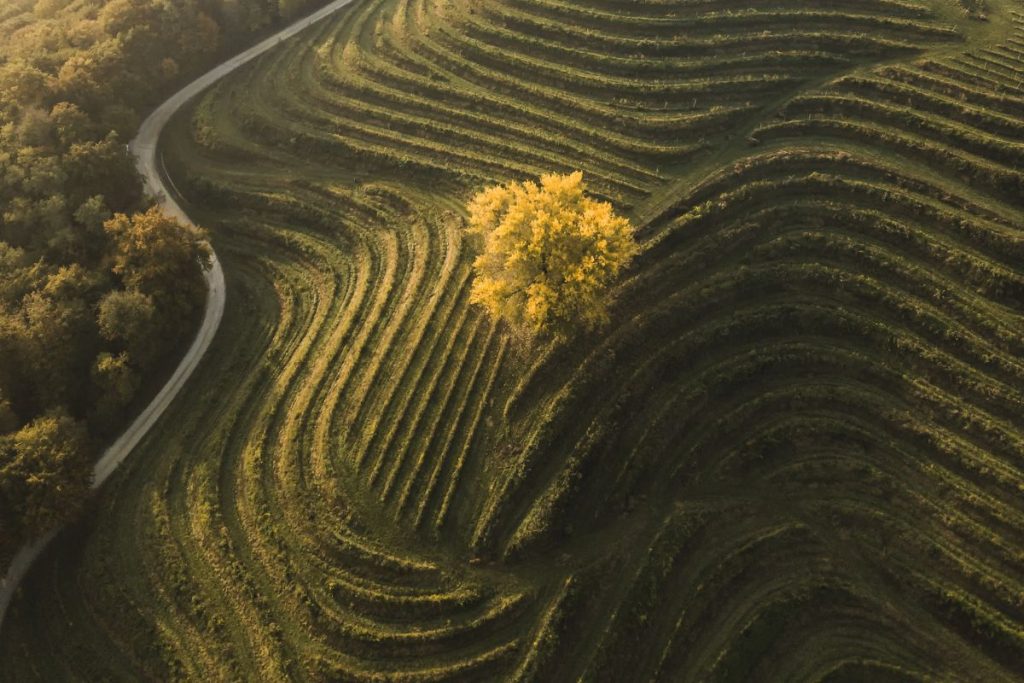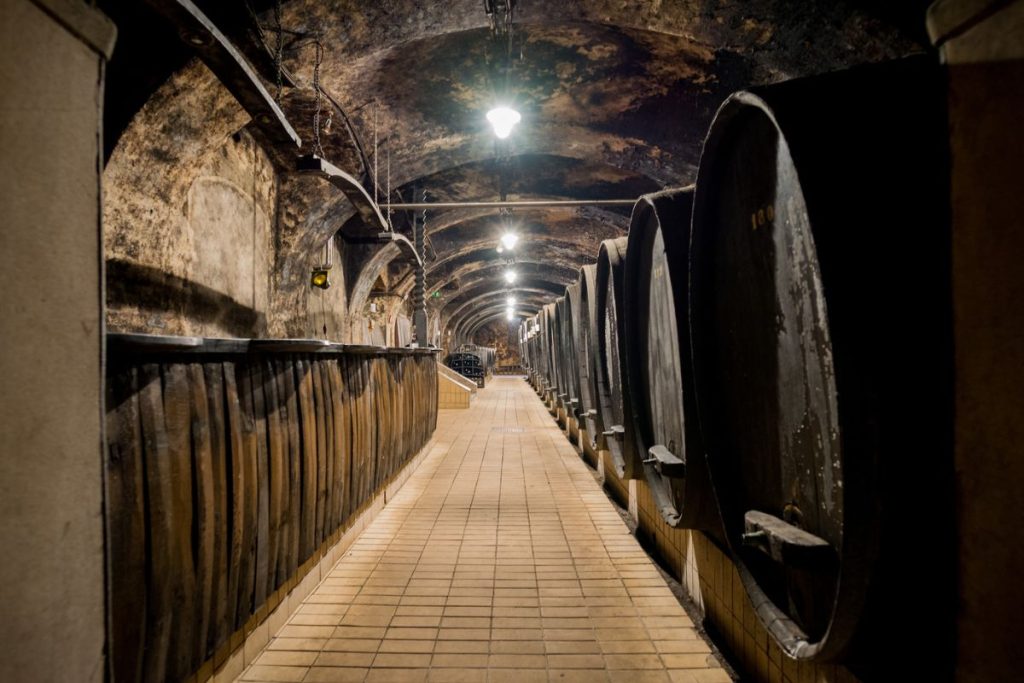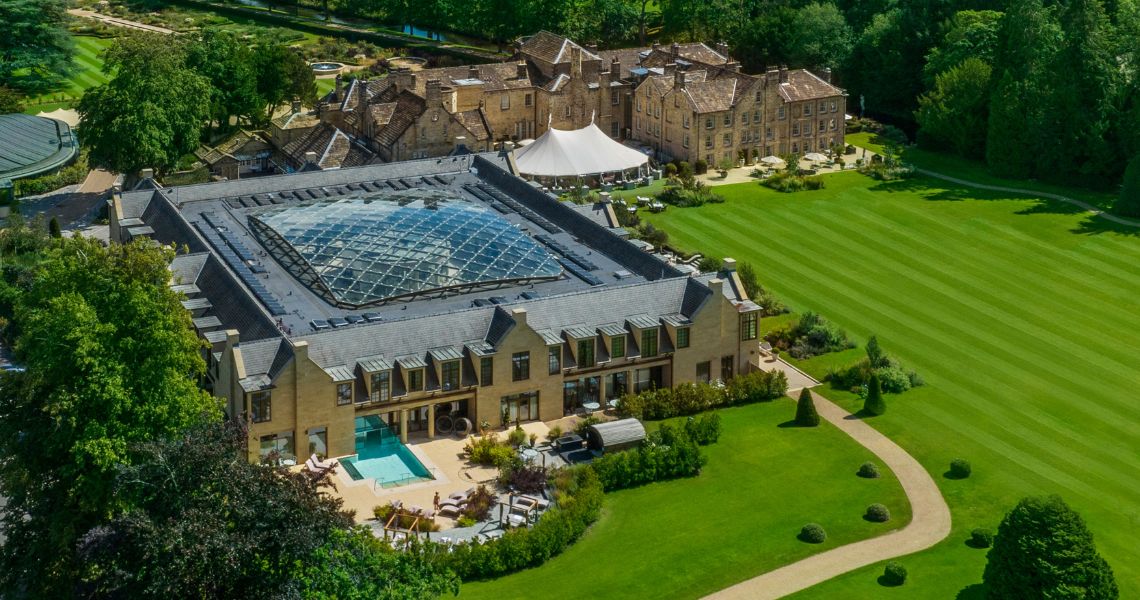Slovenia may be small in size, but it is making a big impact on the global wine scene. Tucked between Italy, Austria, Hungary and Croatia, the country is home to three wine-growing regions and nine districts, with more than 2,500 winemakers producing everything from crisp whites and elegant sparkling wines to bold Mediterranean reds.
Despite this diversity and quality, Slovenia remains refreshingly under the radar, offering wine lovers the chance to discover remarkable bottles and centuries-old traditions away from the crowds.
Fast facts about Slovenian wine:

- Wine regions: 3 (Primorska, Podravje, Posavje)
- Wine-growing districts: 9
- Wine producers: More than 2,500
- Vine varieties: 52 authorised and recommended varieties
- Annual production: Between 800,000 and 900,000 hectolitres
- Oldest grapevine in the world: Over 450 years old, still growing in Maribor
Autumn Celebrations and Wine Traditions

Across the country, St Martin’s Day on 11th November marks the moment when must officially becomes wine. Towns and villages host lively celebrations, with feasts, music and of course, local vintages poured in abundance. It is the most important wine holiday in Slovenia and an opportunity for visitors to experience the culture of winemaking first-hand while celebrating the harvest and hard work of winemakers.
For a taste of modern innovation, Slovenia also produces the world’s first sparkling wine made entirely in darkness. Untouched by Light, created to preserve the purest aromas, represents the country’s spirit of experimentation and adds a contemporary layer to its long-standing traditions.
Diverse Wine Regions

Slovenia’s three wine regions each carry their own identity. In Primorska, Mediterranean breezes and terra rossa soil create full-bodied reds such as Refošk and Teran, as well as the increasingly popular orange wines. The Podravje region, stretching across the country’s east, is known for its whites – from Riesling to the indigenous Furmint – and is ranked among the top 4% of the best wine-growing sites in the world. Meanwhile, Posavje is the birthplace of Cviček, a light red wine with low alcohol content, often enjoyed in vineyard cottages known as zidanice.
Wine Experiences for Travellers

Travellers can get their fix of Slovenian wine culture in a variety of ways: cycling between vineyards, hiking along wine routes, or joining the annual harvest to pick grapes alongside local families. Vineyard cottages offer overnight stays surrounded by vines, while traditional osmica wine bars, open for just a few weeks each year, provide the chance to taste homemade wines and dishes in a historic setting. Osmice are wine bars with a tradition dating back more than 200 years. During the reign of Empress Maria Theresa and Austrian Emperor Joseph II, wine-makers and farmers were allowed to sell their extra wine from the previous year for eight days in a wine bar under a branch. Later, these wine bars were named osmice (eights – signifying the eight days of selling wine) and ivy branches are still used to mark their locations.
Slovenia is steadily positioning itself as one of Europe’s most intriguing wine destinations. For wine lovers seeking something different – beyond the well-trodden routes of Bordeaux or Tuscany – Slovenia is your answer.
About Slovenian Tourist Board
Often referred to as the green heart of Europe, Slovenia is a destination which offers so much despite its small size. Slovenia is focused on preserving natural and cultural treasures, and wants to share them with others who hold those same sustainable values. Whether you enjoy walking well-trodden paths or prefer to turn off the beaten track, you will find stunning beauty and boutique experiences tailored just for you everywhere you go.
For more information on Slovenia please visit: www.slovenia.info
Images supplied. Feature image courtesy of unsplash.com














